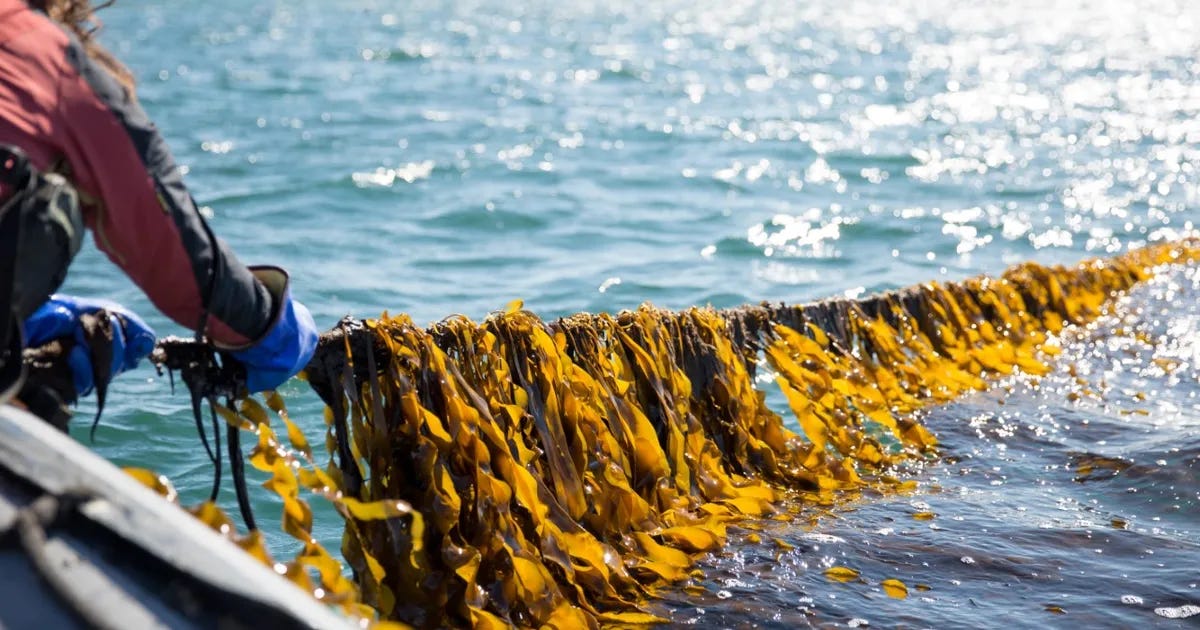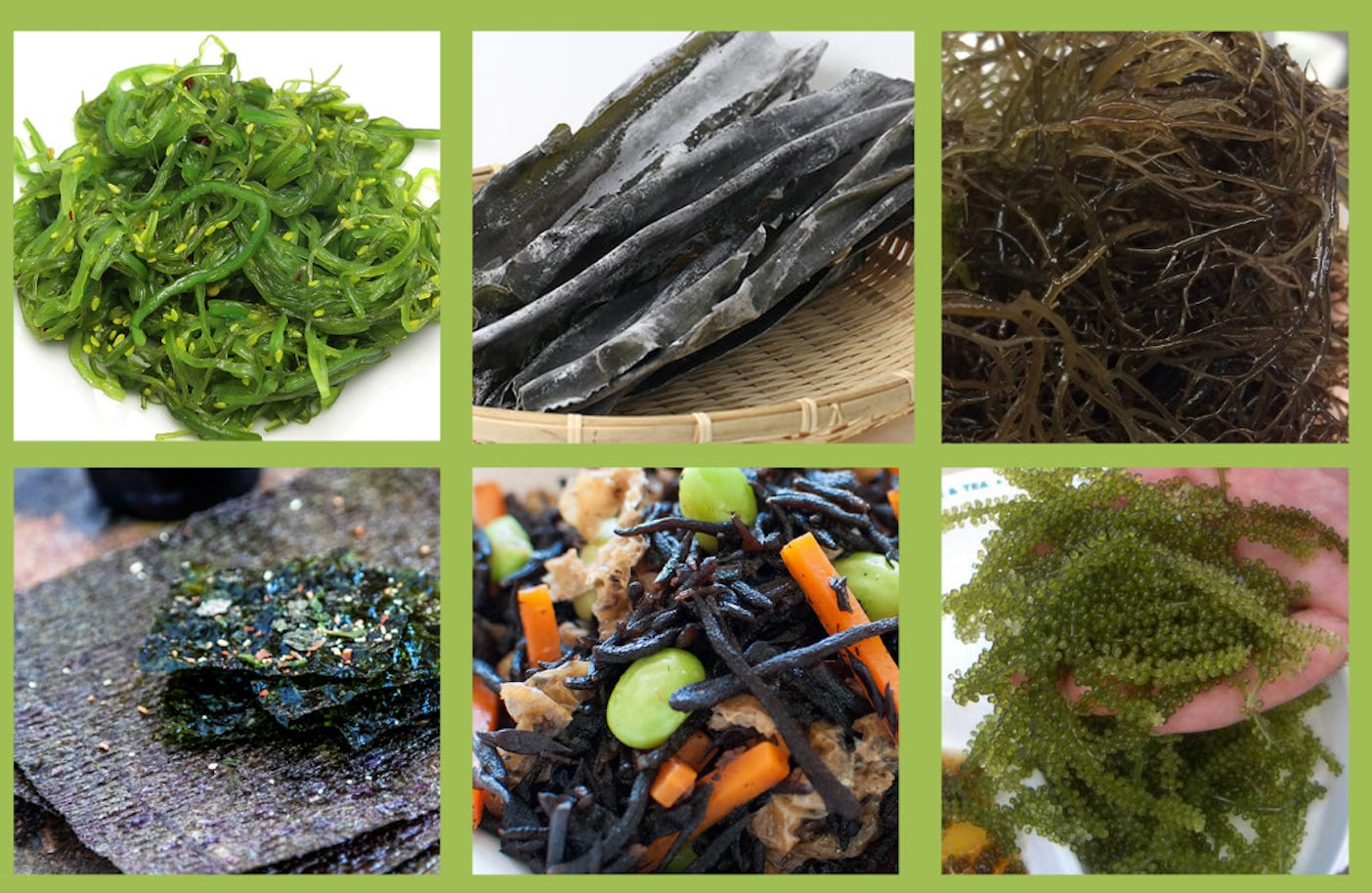Seaweed: Environmental Benefits and an Introduction to its Culinary Function
Why we should consider making seaweed a bigger part of our cuisine... if not just for the environment, then for the economy.
Seaweed is becoming an increasingly buzzy topic in conversations about sustainability, mainly due to its ability to absorb carbon emissions (one of the main culprits of global warming).
Along with this substantial benefit, seaweed also has the ability to regenerate marine ecosystems, and create biofuel/renewable plastics. Over the past decade, global seaweed production has doubled. The industry brought in $59.61 billion in 2019, and continues to expand.
Another reason for expanding the seaweed industry is the creation of additional jobs. Seaweed is incredibly easy to cultivate, as it does not require fresh water or fertilizers and grows at a faster rate than trees (it can grow up to 2 feet per day). Thus, in countries that struggle to acquire adequate resources for farming, this would be a fantastic way to create jobs (or even in countries that could use another industry!)
For every temperature and depth of water, there is a variety of seaweed that will thrive in the environment. It also improves the quality of the water it is grown in.
We continue to see the detrimental impacts of climate change, and we have observed that change is necessary. However, if as a society we are unwilling to restructure the agricultural system or make other substantial changes, an option to consider would be to increase seaweed production.
Another statistic of note in seaweed’s uses is the ability to decrease cattle methane production. If a small amount of Asparagopsis taxiformis (a red algal species) is added to their food, the cattle feed has the potential to decrease their methane emissions by up to 99 percent.
Currently, a vast majority of seaweed production occurs in southeast Asia in countries such as Japan and Indonesia. This is largely on account of palate differences, as seaweed is a larger part of their cuisines. Although we can observe all of the benefits of increasing seaweed production in the United States, if there is not a demand, the industry will not ramp up supply.
There are six prominent species of seaweed that are often used in cuisine.
Nori is the most well known variety of seaweed, at least in this part of the world. It is used in sushi rolls, or eaten straight up as a snack.
Kombu is often used in making stock, as it provides a umami flavor. It is also used in seasoning for rice.
Wakame is a brown variety of kelp, and has a sweet and silky flavor. It is used to make seaweed salads.
Ogonori is known to the western world as “sea moss”, which is highly trendy right now due to its nutritional benefits and positive effect on skin when applied topically.
Umibudo, also known as sea grapes, are prized in Okinawan cuisine for their nutritional benefits. It is referenced as the “longevity seaweed”.
Hijiki is dried for its distribution, with a strong and salty flavor profile. In Japan, it is simmered with vegetables or fish with soy sauce and sugar.






